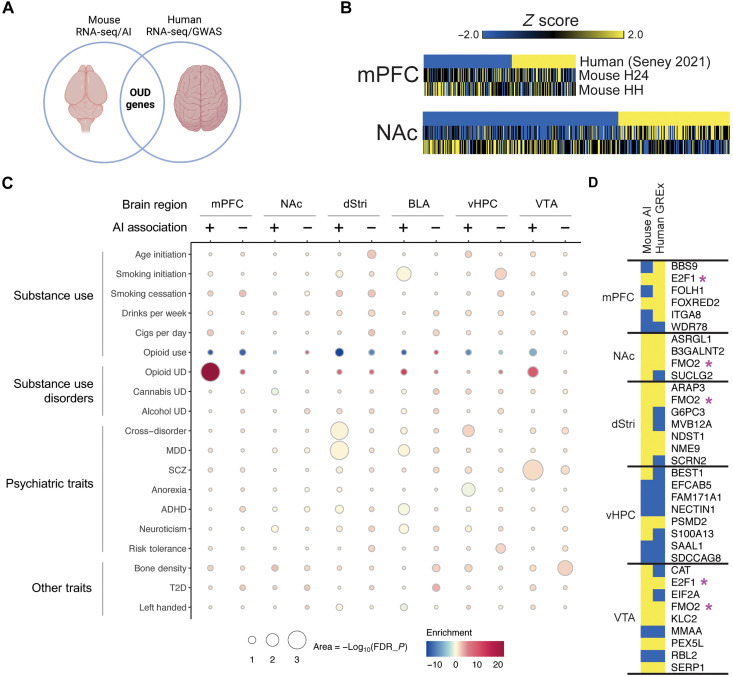Fig. 8. Convergent molecular drivers of OUD identified through integrated analysis of mouse and human genome-wide data.
(A) Results from the present work were contrasted with available RNA-seq data from postmortem tissue of humans with OUD and with GWAS. (B) Union heatmaps showing gene expression relationships between human OUD patients [top row, down-regulated in blue, up-regulated in yellow; Seney et al. (15)] and two relevant experimental conditions, H24 (heroin 24 hours) and HH (heroin-heroin), for mPFC and NAc. Gene lists were generated by combining common significantly regulated genes (z score > |0.2|, P < 0.05) between human and H24 and human and HH. (C) Association scores between AI genes and GWAS traits related to substance use, substance use disorders, psychiatric traits, and other traits. Columns show brain region, subdivided by negative or positive AI association. (D) Comparison of AI genes and tissue-specific GREx analysis. Overlap of genes identified as significantly (P < 0.05) positively (yellow) or negatively (blue) associated with AI and GREx. Purple asterisks indicate genes that show overlap across multiple brain regions.

